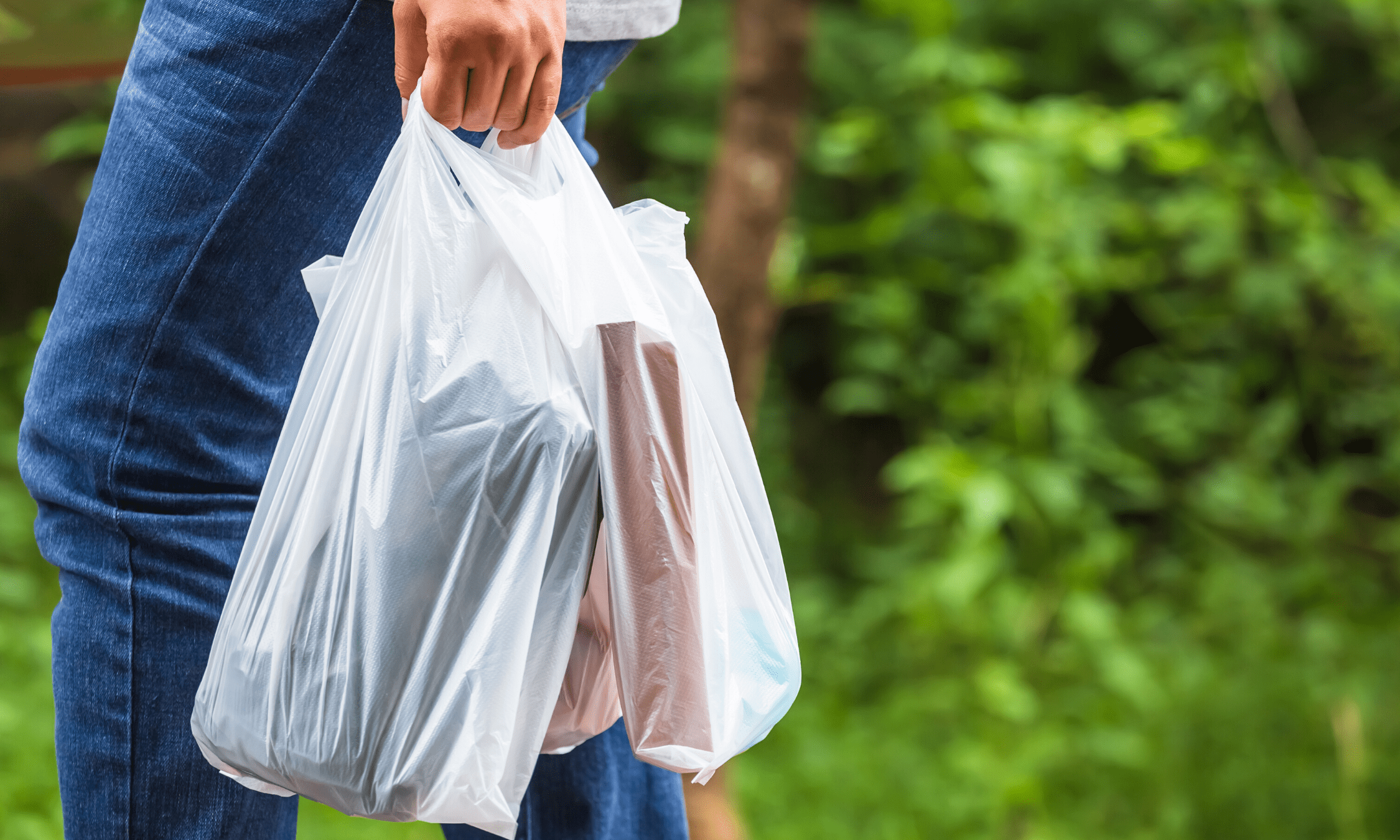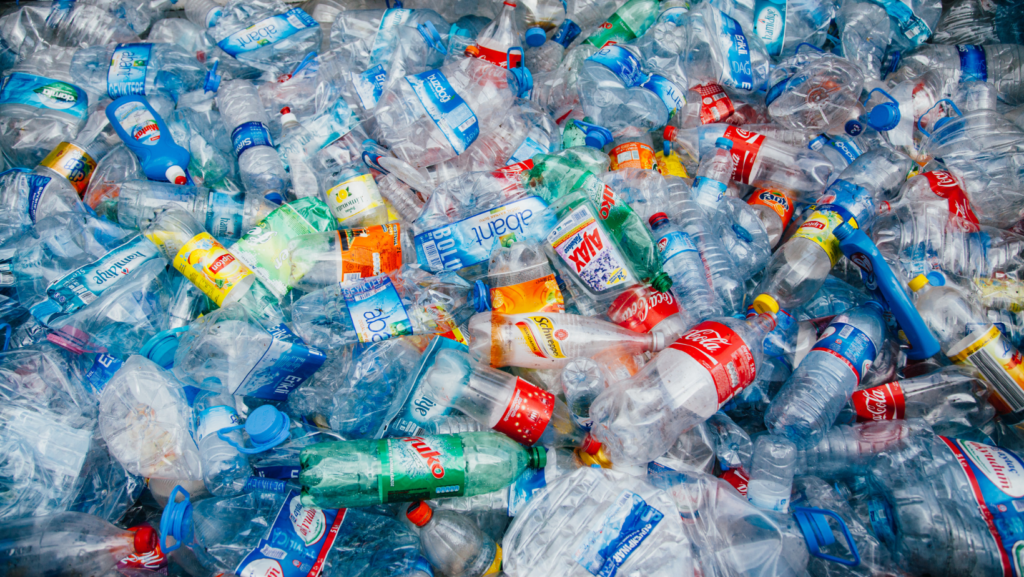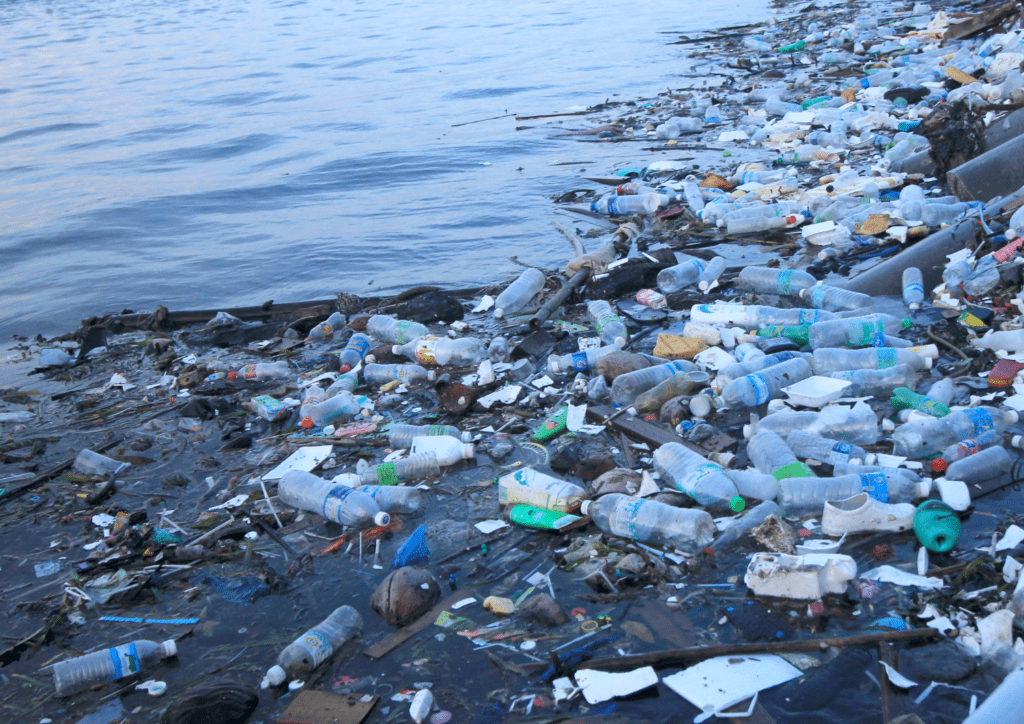A lot has changed over the last couple of weeks. Many of us are anxious about the future and worried about our loved ones. But some industries are using the pandemic to advance their own agendas.
When it comes to plastic, here’s what you need to know.
Soap and hot water kills the coronavirus
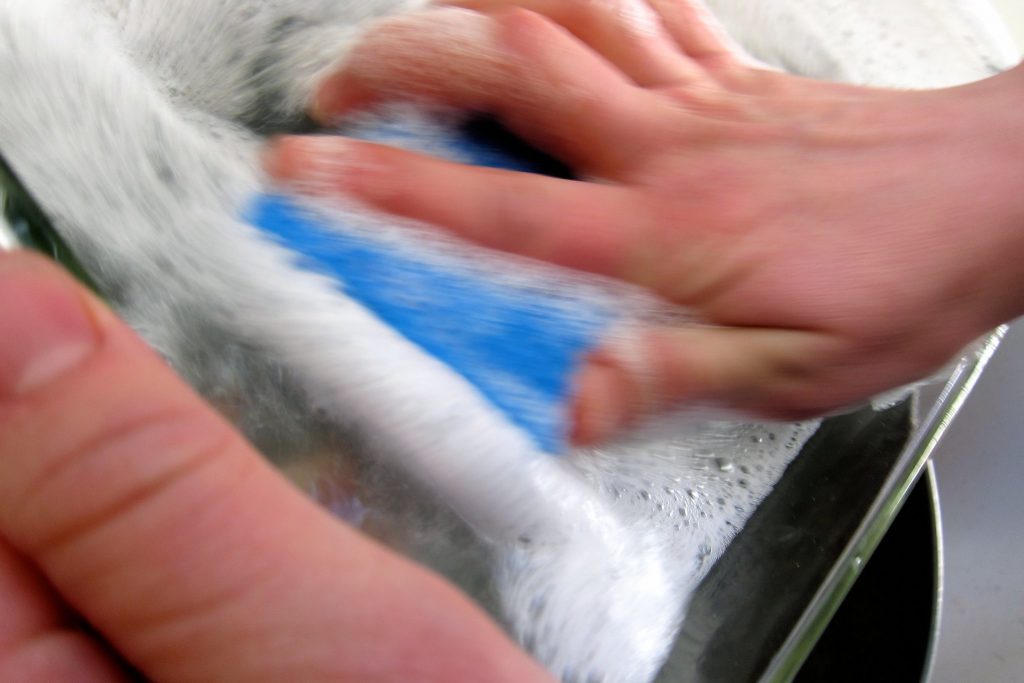
Medical experts, including the U.S. Centers for Disease Control (CDC), agree that washing dishes in hot soapy water is enough to kill the novel coronavirus. Soap literally pulls the virus apart, and the hot water washes the virus debris away. Claims that reusable cups, mugs and bottles harbour viruses and bacteria are misleading. While you absolutely should not share a latté with your bestie during the pandemic (you shouldn’t even be within 2 metres of each other), as long as you’re using hot soapy water to do your dishes, you can safely keep using your reusables.
Single-use plastics aren’t the safer choice

Despite industries’ best marketing efforts, the truth is single-use plastic is not synonymous with hygiene. Different kinds of disposable packaging have different microbial limits. But unless a product is explicitly marked “sterile”, none of those limits are zero. The novel coronavirus can survive on most surfaces*, including plastic. Actually, a recent study found that out of the materials analyzed, it lived longest on plastic (2-3 days). So, disposable cups, bottles and bags are no safer than properly washed reusables.
*In its guide to how COVID-19 spreads, the CDC says “It may be possible that a person can get COVID-19 by touching a surface or object that has the virus on it and then touching their own mouth, nose, or possibly their eyes,” the CDC says, “but this is not thought to be the main way the virus spreads [emphasis added].”
Plastics are harmful throughout their life cycle
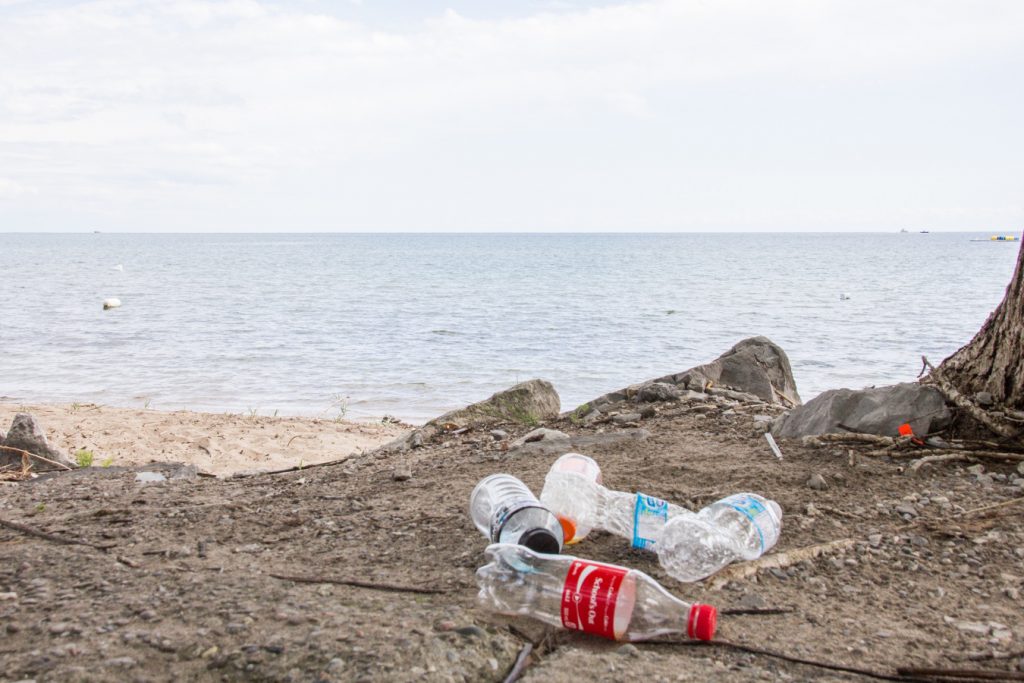
We’ve all seen the photographs and heard the stories. Plastic kills wildlife, degrades ecosystems, and it’s in our bodies too. And some kinds of plastic, like PVC and polystyrene, are known to be harmful to human health. But the damage doesn’t stop there.
The very building blocks of plastic have environmental consequences. Ninety-nine per cent of plastic is made from petrochemicals, which are derived from oil and gas. Currently, plastic feedstocks account for about 12 per cent of global oil demand and are poised to increase substantially by 2030.
And what about disposal? There’s obvious harm to wildlife and ecosystems when plastics pollute the environment. But managing plastics using so-called acceptable means of disposal has negative outcomes too. Landfilling and burning (incinerating) plastic waste releases carbon into the atmosphere, and incinerating plastics creates air pollutants, including heavy metals, respiratory irritants and cancer-causing dioxins.
If the plastics industry really cared about the health and well-being of Canadians, they would work to clean up the mess that their products have created, and more importantly, keep it from getting worse. We cannot allow the response to one crisis to make another one worse.
What’s next?
There’s no doubt that this is a difficult and uncertain time. But we have a responsibility to ensure that we prioritize a recovery that is best for people and the planet.
Last summer, Ottawa announced plans to ban single-use plastics. But what else needs to happen now to get Canada on the road to zero plastic waste? We have a few ideas. You can read more about them in our new report: No Time to Waste.
If you are able, we hope you will also consider making a donation to help us continue our work in protecting our environment and the health of your family and friends.




